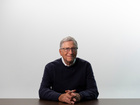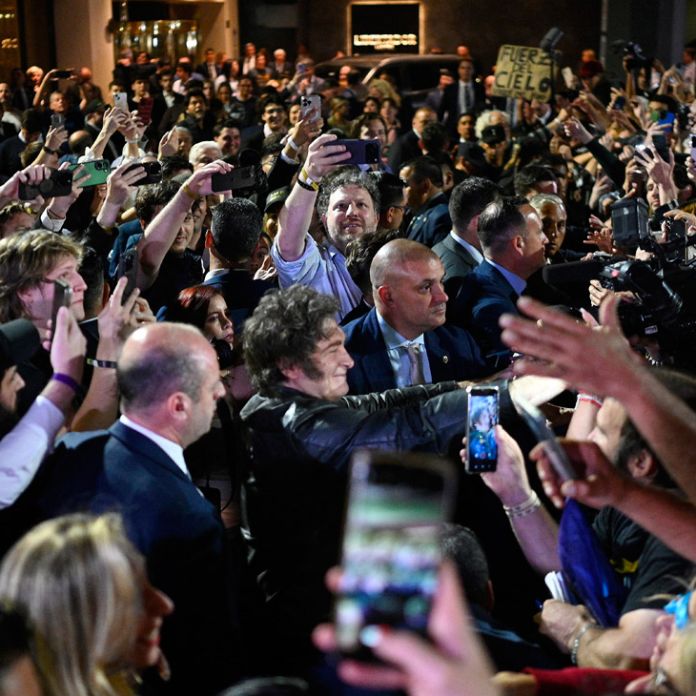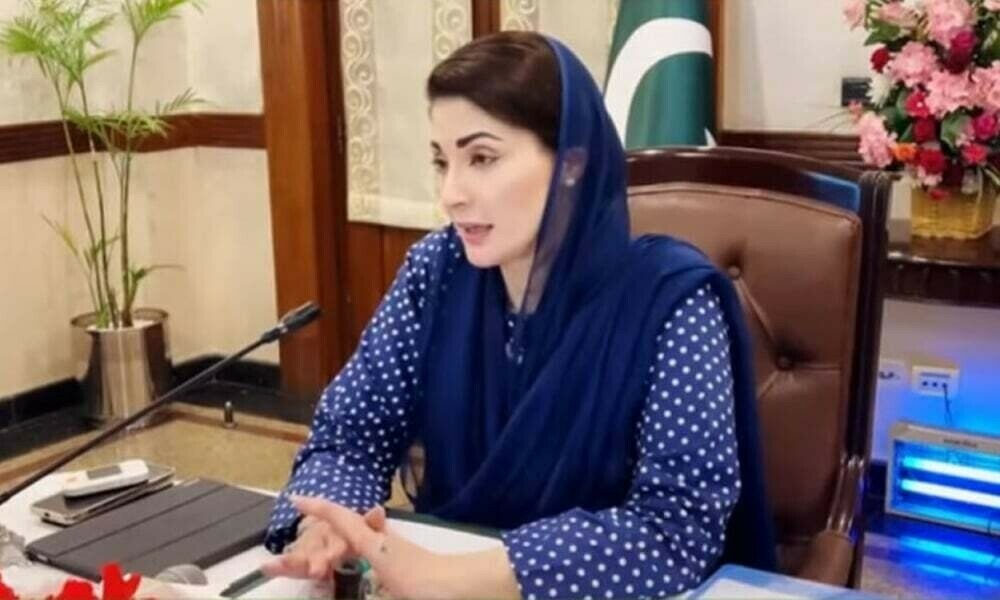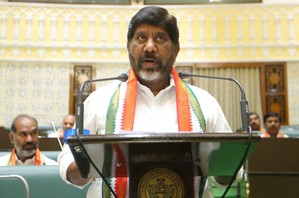Copyright latestly
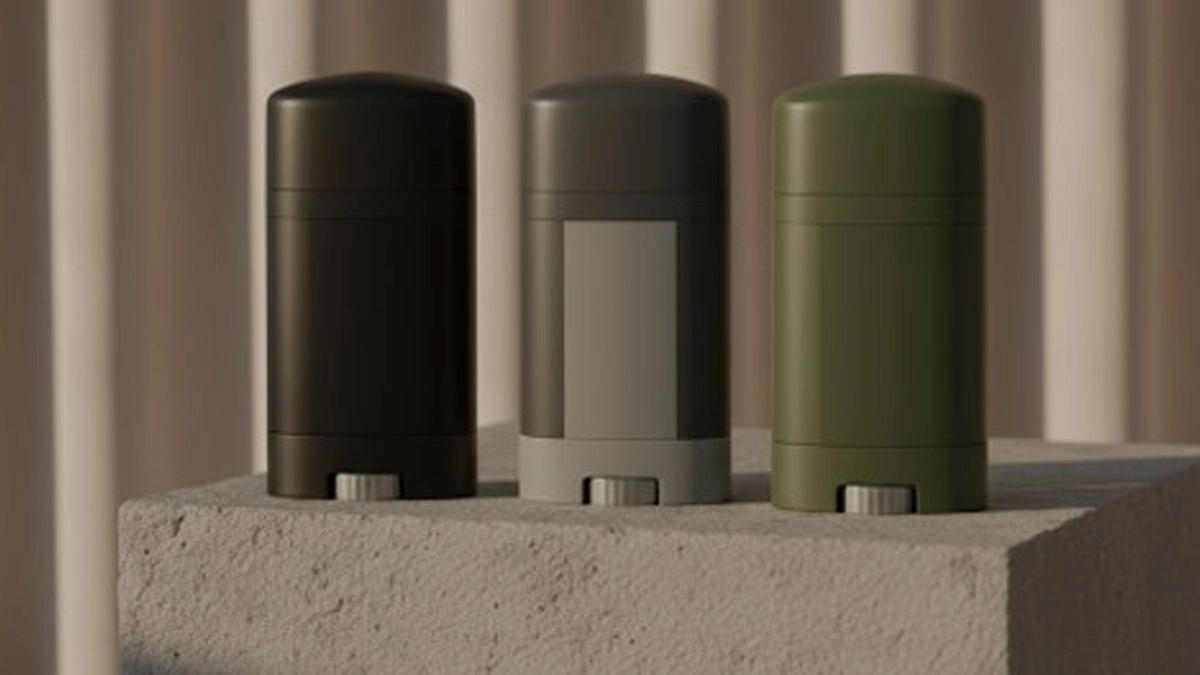
The Indian perfume for men market is experiencing a seismic shift in marketing strategy as brands navigate between traditional celebrity endorsements and the rising power of influencer-driven campaigns. With the Indian perfume market projected to reach USD 1,958.2 million by 2033, growing at a CAGR of 5.58%, fragrance brands are recalibrating their marketing investments to capture the lucrative male consumer segment who are increasingly exploring everything from luxury international scents to popular London perfume brands. The Traditional Powerhouse: Celebrity Endorsements Celebrity endorsements have long been the cornerstone of perfume marketing in India, with Bollywood stars commanding astronomical fees and delivering pan-India brand recognition. The strategy has proven particularly effective for established international brands seeking to penetrate the Indian market and domestic brands aiming to achieve premium positioning. The economics of celebrity partnerships remain compelling despite high upfront costs. A single Bollywood A-lister can deliver instant credibility, mass reach across demographics, and the aspirational quotient that perfume brands crave. Stars like Shah Rukh Khan, Ranveer Singh, and Hrithik Roshan have become synonymous with luxury fragrance consumption, with their personal scent preferences often becoming talking points that drive consumer interest. However, the celebrity endorsement model faces mounting challenges in 2025. The investment required for top-tier celebrities has skyrocketed, with leading actors commanding fees between Rs 3-10 crore per endorsement annually. More critically, the rise of multiple brand associations has diluted the impact – when a single celebrity endorses 15-20 brands simultaneously, the differentiation factor diminishes significantly. The Digital Disruptor: Influencer Marketing Enter influencer marketing – the game-changer that's democratizing perfume promotion and delivering measurable ROI that traditional celebrity campaigns struggle to match. The fragrance influencer ecosystem in India has matured dramatically, with niche creators building devoted followings in the 50,000 to 500,000 range who trust their recommendations implicitly. Unlike celebrity endorsements that broadcast to millions with limited engagement, fragrance influencers create intimate, educational content that drives actual purchase decisions. A mid-tier perfume influencer reviewing a scent can generate higher conversion rates than a celebrity television commercial, at a fraction of the cost. Brands are discovering that authenticity trumps stardom when male consumers are making perfume purchase decisions. The influencer advantage extends beyond cost efficiency. Real-time feedback, agile campaign adjustments, and precise audience targeting make influencer partnerships especially valuable for D2C perfume brands and niche fragrance houses that can't afford Bollywood's price tags. Instagram, YouTube, and increasingly, Instagram Reels and YouTube Shorts have become the primary discovery platforms for men's fragrances, with unboxing videos, scent breakdowns, and longevity tests driving significant purchase intent. The Data Tells a Compelling Story Recent industry analysis reveals a striking divergence in campaign effectiveness. While celebrity-fronted campaigns for men's perfumes generate broad awareness (reaching 60-70% aided recall in urban markets), the conversion rates hover between 2-4%. In contrast, targeted influencer campaigns are delivering conversion rates of 8-15% among engaged audiences, with significantly lower customer acquisition costs. The male grooming segment has proven particularly receptive to influencer content, with men aged 18-35 citing YouTube reviews and Instagram recommendations as their primary information source before perfume purchases. This demographic shift is forcing legacy brands to rethink their marketing mix entirely. Hybrid Models Emerge as the Sweet Spot Progressive brands are discovering that the most effective strategy isn't choosing between celebrities and influencers – it's intelligently combining both. The hybrid model leverages celebrities for broad brand building and prestige positioning while deploying influencer networks for targeted product launches, scent education, and driving e-commerce sales. International brands entering India are increasingly adopting this dual approach. A Bollywood celebrity provides the brand equity and retail visibility, while a carefully curated stable of 20-30 micro and mid-tier influencers drives digital discovery and online sales. The model allows brands to maximize the aspirational appeal of celebrity association while capturing the conversion efficiency of influencer authenticity. Domestic D2C perfume brands, meanwhile, are flipping the traditional model entirely. They're building brand equity through influencer partnerships first, then selectively adding celebrity ambassadors once they've achieved significant scale. This "influencer-first, celebrity-later" approach reduces initial marketing burn while building genuine brand affinity. Regional Strategies and Tier 2/3 Market Penetration The influencer advantage becomes even more pronounced in India's rapidly growing Tier 2 and Tier 3 cities. While Bollywood celebrities resonate nationally, regional influencers speaking in local languages are proving far more effective at driving perfume adoption in emerging markets. Brands targeting cities like Indore, Jaipur, Coimbatore, and Lucknow are allocating 60-70% of their marketing budgets to influencer partnerships, with only 30-40% reserved for celebrity associations. This regional strategy is particularly effective for men's grooming brands positioning perfume as an essential daily accessory rather than an occasional luxury. Influencer content demonstrating office-appropriate fragrances, gym-to-dinner scents, and occasion-specific perfume usage resonates more authentically than celebrity glamour shots. The ROI Reality Check Financial scrutiny is forcing marketing teams to justify every rupee spent. Celebrity endorsement deals often require 12-18 month commitments with guaranteed minimum spends, making them high-risk investments, especially for new product launches. Influencer campaigns, conversely, can be tested with modest budgets (Rs 2-5 lakh for a micro-influencer campaign) and scaled rapidly based on performance data. The measurability factor cannot be overstated. Influencer campaigns deliver granular analytics – engagement rates, click-throughs, conversion rates, and customer lifetime value – that traditional celebrity campaigns simply cannot match. CFOs and CMOs can now track perfume marketing spend to actual sales with unprecedented precision, making influencer allocations easier to justify and optimize. Looking Ahead: The 2025 Marketing Playbook As Indian perfume brands refine their strategies for men's fragrances, the winning formula appears to be strategic flexibility. Premium international brands with established equity continue to benefit from celebrity associations, particularly for retail and traditional media visibility. However, even these brands are significantly increasing influencer budgets to maintain relevance with digital-first consumers. Emerging D2C brands and niche fragrance houses are proving that building a brand entirely through influencer marketing is not only viable but often superior to traditional celebrity-led approaches. The key is authentic storytelling, scent education, and building communities of fragrance enthusiasts who become brand advocates. The future of perfume marketing for men in India isn't about choosing celebrities or influencers – it's about orchestrating both strategically, measuring rigorously, and adapting quickly. Brands that master this balancing act will capture the enormous growth opportunity in India's men's fragrance market, while those clinging to outdated playbooks will find themselves outmaneuvered by more agile competitors. As the Indian male consumer becomes increasingly sophisticated about fragrances, the brands that combine aspirational positioning with authentic education will win. Whether that comes from a Bollywood superstar or a passionate fragrance influencer matters less than the trust and connection they create with the modern Indian man discovering his signature scent.
